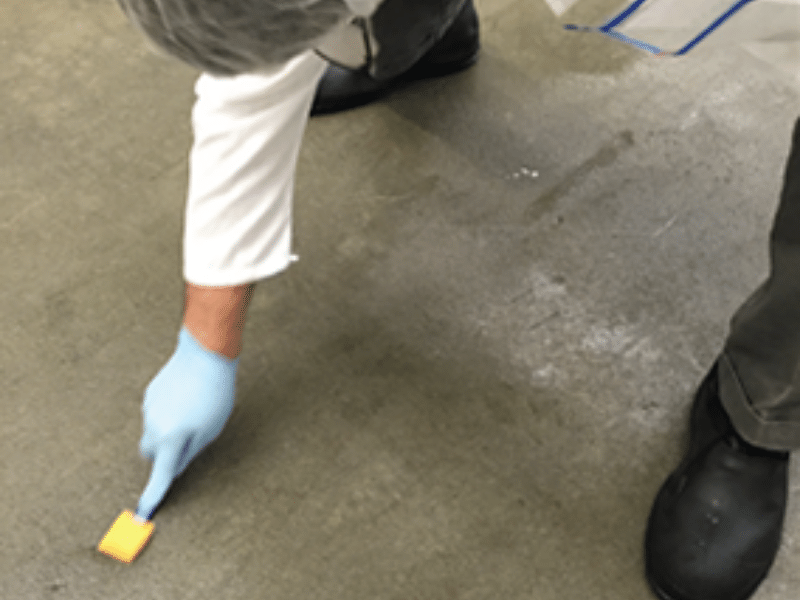Environmental Monitoring Programs (EMP) and Environmental Control Programs (ECP) have and are critical in ensuring products are safe for consumption. Further, with the FDA continuing to conduct swab-a-thons during inspections, EMPs and ECPs present additional regulatory compliance significance.
- An EMP is a vital part of any ECP. Controlling environmental risks in your facility and demonstrating effective control through a robust EMP is an essential part of food safety programs.
- An ECP is a system of practices that helps reduce the risk of contamination during food manufacturing through various controls such as: GMP adherence, preventive maintenance, Hygiene design (facility/equipment), sanitation, process controls, and hygienic zoning. Further, ensuring all are aligned with regulatory requirements and/or expectations is essential to food safety and regulatory scrutiny.
We can help your team develop and implement a robust risk-based ECP & EMP that will help ensure your company can demonstrate effectiveness of preventive controls. Contact us!
The Industry has Evolved
The food and beverage industry has evolved past simply testing finished food products for contamination. It has become common practice to fully examine the process environments in the respective facilities to decrease the risk of food contamination.
An Environmental Control Program (ECP) is a customized system of programs/practices that helps reduce the risk of contamination within the processing environment. A properly designed ECP ensures all practices are aligned with regulatory requirements and/or expectations. Examples include, but are not limited to:
- Hygienic design (Sanitary design) of the facility and the equipment
- Adherence to all GMPs
- Hygienic zoning
- A preventive maintenance program
- A system for corrective and preventive actions (CAPA)
- Regulatory compliance
- Supply chain review
- Process controls

An Environmental Monitoring Program (EMP) is the system for detecting risk in the sanitary conditions within the processing environment. An EMP is a risk-based program and when it is well-thought out, it provides the verification of the controls that have been implemented to reduce pathogens in food processing.
What should the EMP include?
- Are the current ECPs effective at reducing the risk of contamination
- What aspects of the food chain are potential risks?
- Are current trends being evaluated? Are risks increasing or decreasing?
- How effective are the current actions?
The EMP and ECP Work Together
The testing and verification from the EMP provides critical information on the overall effectiveness of the ECP. In analyzing the data from the EMP, you then have the opportunity to improve the overall system as outlined in the ECP. Regulators will review the application of these strategies in your facility to determine whether they effectively monitor and control potential pathogen contamination in the environment and finished product.
